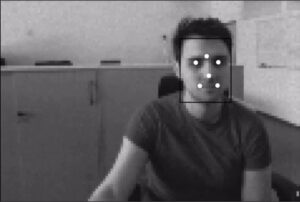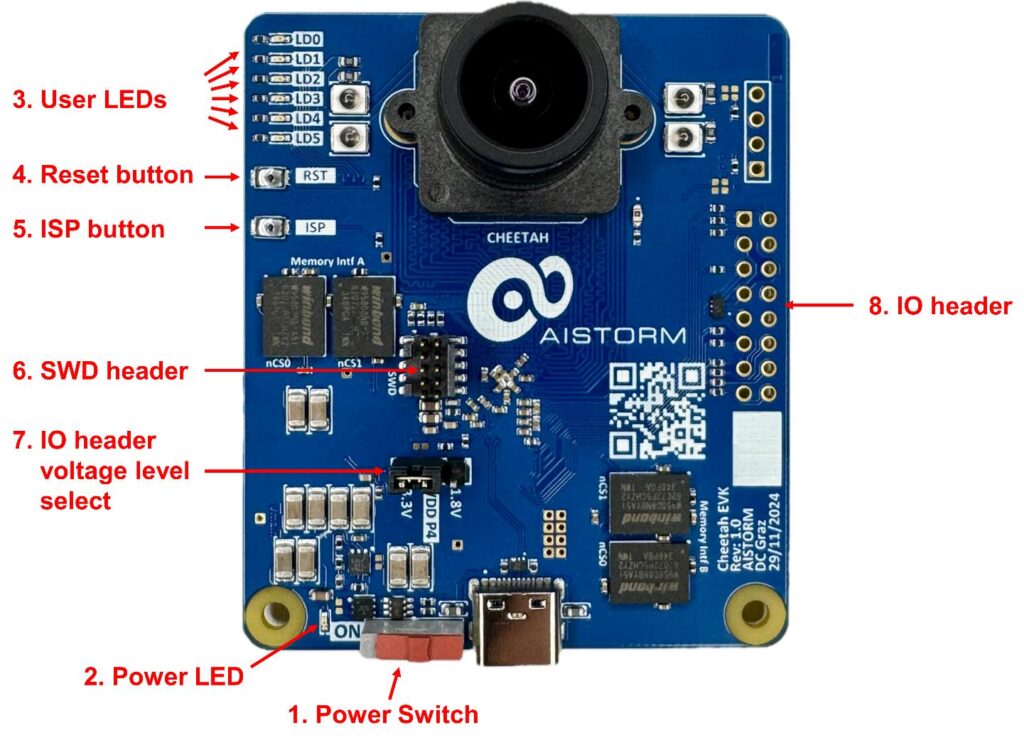Biometric Keypoint Tracking
Biometric Keypoint Tracking
History of Biometric Keypoint Tracking. Biometric Keypoint Tracking has a storied history. We have longed dreamed of a more comprehensive physical machine-human interface such as those suggested in the movies where gestures and body movements can control displays and machine operations. Just as with the early touch screens on portable devices like Palm and the Newton, however, the technology never hit the mark. Latency and inaccuracies produced an experience that was far from the those idealized by Hollywood, making it more convenient to pick up a mouse, keyboard or button interface and forget about the biometrics. It was only when the iPhone came along that the touch screen finally had low enough latency and high enough accuracy to make a screen interface a pleasant way to interact. And so it is with AIStorm’s Biometric Keypoint Tracking solution. Where past solutions were unable to keep up with the user, AIStorm offers a latency free experience at a cost compatible with consumer devices.

Audioscenic Collaboration. A great example of AIStorm’s biometric tracking solution is our partnership with Audioscenic. The challenge was to estimate ear location to send a pinpoint audio beam to each ear, cancelling the sound of the other, to produce a heatset-less experience with stereo and 3D immersive features while moving. Gamers can move very quickly and existing solutions would leave the biometric points behind (white dots on face) and take the user out of the immersive audio bubble. Despite using expensive processors, this problem was difficult to overcome due to the short time available to process information. To overcome this AIStorm worked with Audioscenic to use Cheetah, AIStorm’s high speed imager, capable of up to 260,000 fps. Cheetah has four important features: i) it contains an input layer of charge domain neurons directly coupled to pixels on the same chip; ii) it uses 120×80 large pixels with 6 bit depth; iii) it contains a special thick epi for high quantum efficiency and; iv) it contains an on board LED driver for driving IR LEDs.
Normally, biometric keypoint tracking is tackled using larger imagers such as 8 bit VGA imagers. This means that every frame 640×480=307,200 has to be digitized to 8 bits and then process by an AI engine. The small pixels in standard imagers take a long time to integrate enough light for conversion and the latency related to converting the pixel charges to a voltage and then to digital mean that each frame there is very little time to process the information. High performance digital processors, interfaces, and connectors have to be used in addition to pared back models which require less processing. The result is an unsatisfactory user experience and a high bill of materials cost.
Cheetah is different. Its uses 120×80=9600 pixels at 6 bits. At first it seems that having 1/30th of the pixels and less greyscale depth would make the AI result worse, but it doesn’t matter to the AI processor which normally downsamples anyway. All that data crunching is just a waste of time and power. In addition to having far less data to convert and crunch, Cheetah’s large pixels and directly coupling to AI pixels means that it can output data far more quickly than conventional imagers. This means that the data is available for processing much earlier in the frame than with other solutions. This means that the processor has more time to run a better model and also that it can reduce the peak processing load and take its time to do that processing. This reduces the processing requirement of the processor and makes it cheaper. The result is a biometric tracking solution that can keep up with no discernable latency no matter how quickly the user moves. Please see the video below for more information (courtest of Audioscenic).
Deployment. AIStorm offers a complete biometric keypoint tracking development kit with a GUI to speed development and deployment. We also offer training, testing, labelling, modelling and product development services. The evaluation kit can be ordered from Digikey or Progate.
